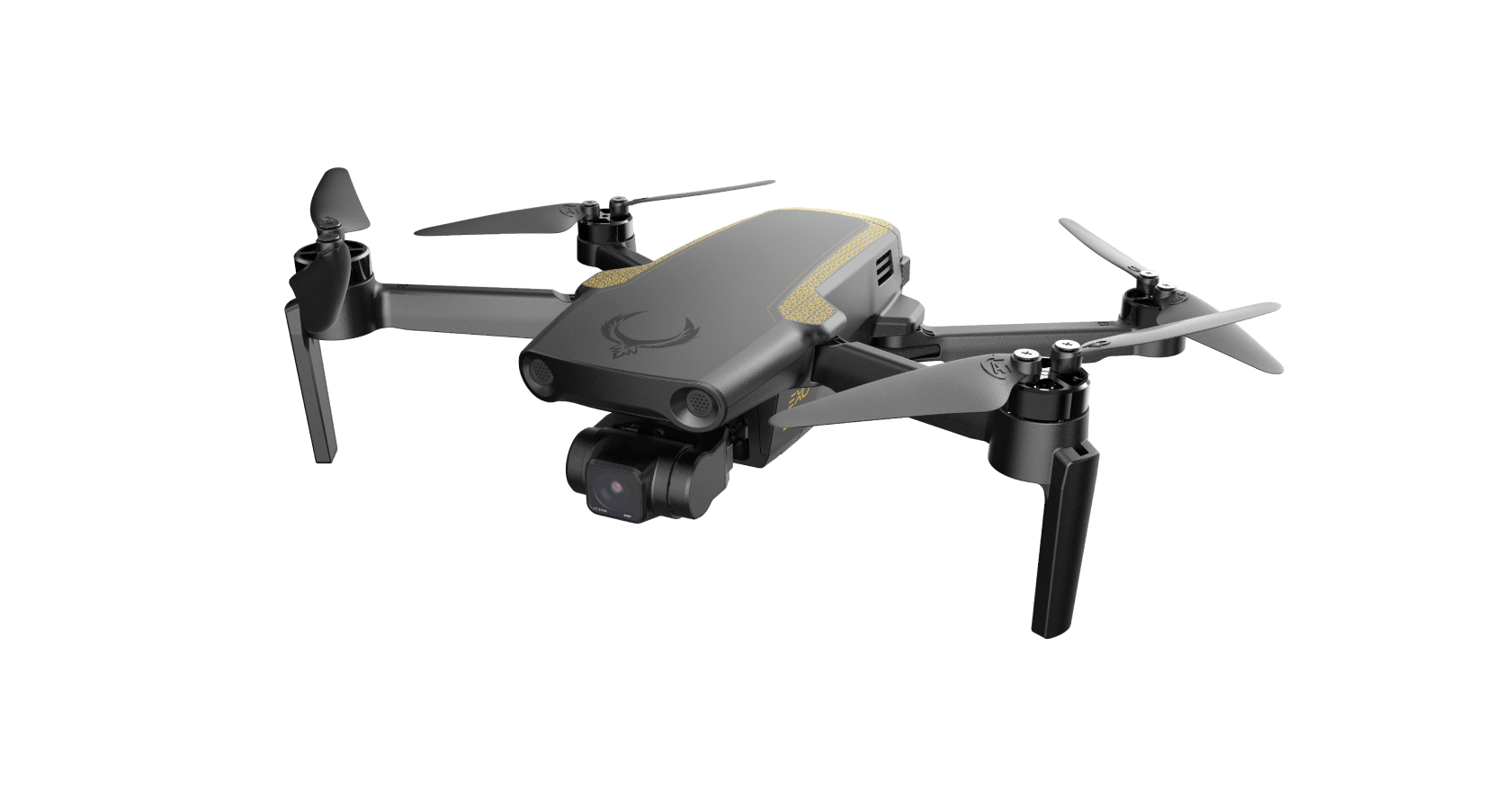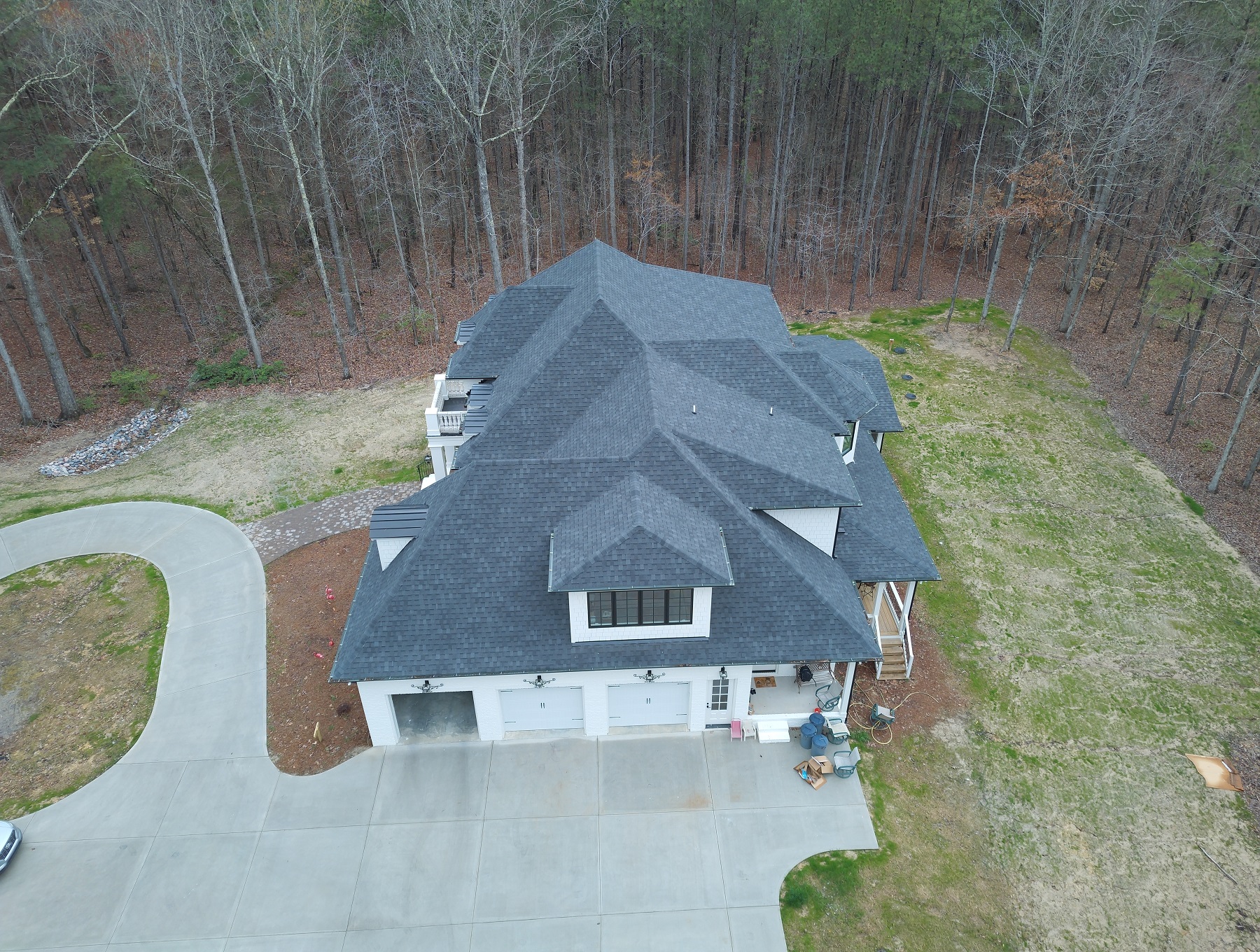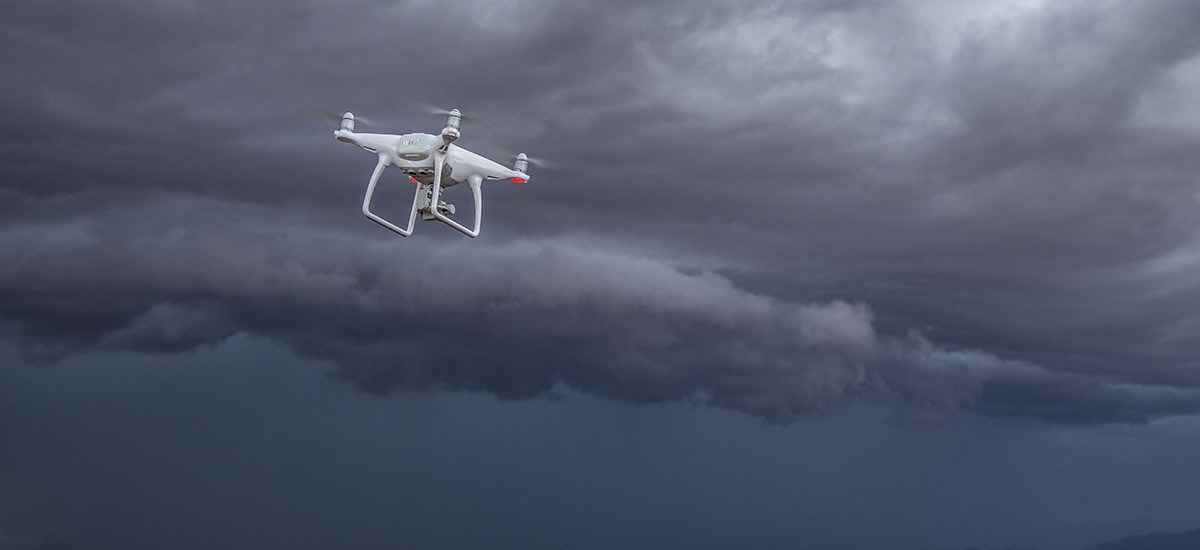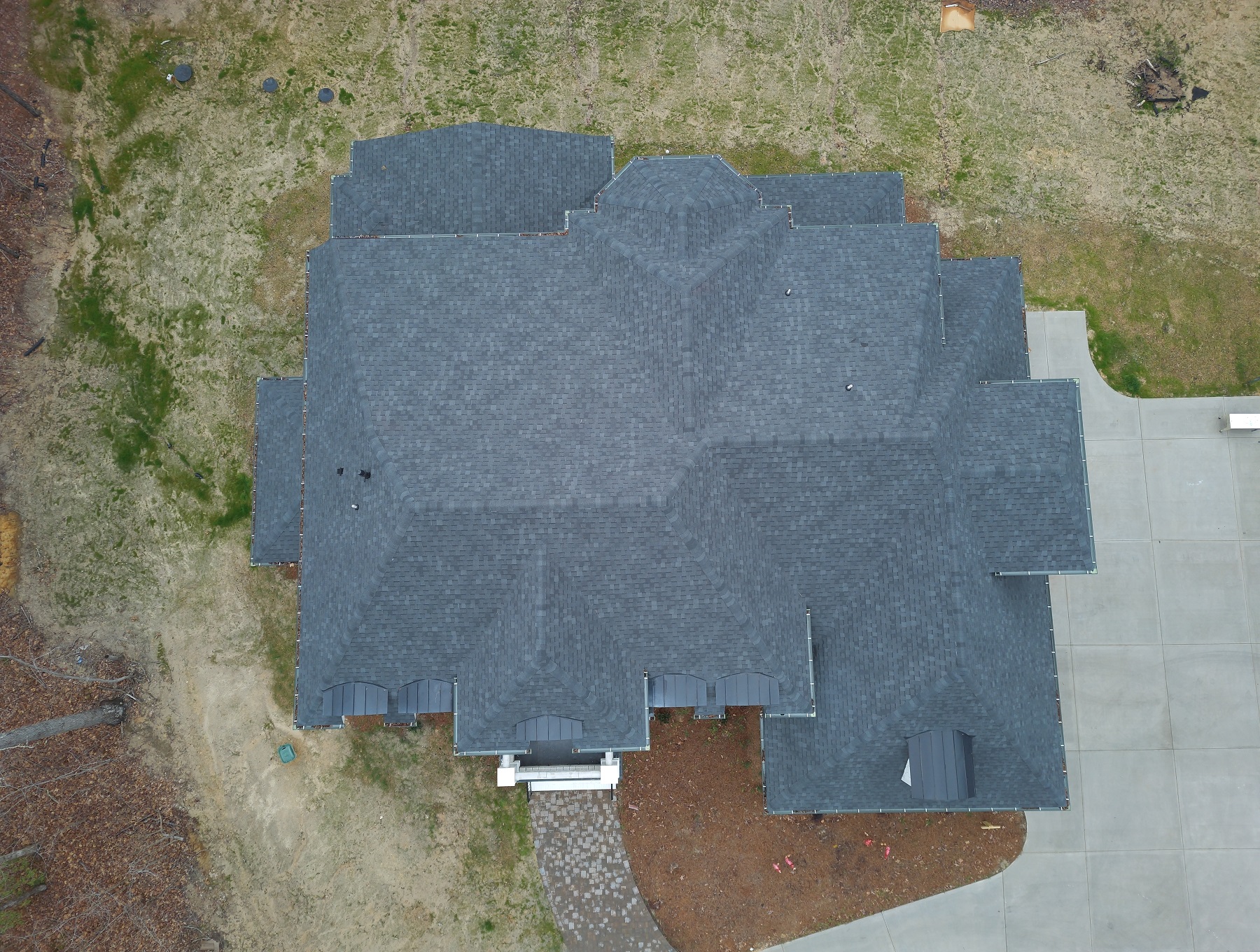
To Drone or Not to Drone
Roof inspections are an essential process in the maintenance and repair of buildings, especially in areas prone to harsh climatic conditions. The use of drones for roof inspections has grown significantly in recent years due to their cost-effectiveness and efficiency. In this article, we explore the pros and cons of using drones for roof inspections.

Roof inspections play an important role in identifying any damage caused by natural wear and tear or severe weather conditions such as hailstorms and hurricanes. The traditional method of conducting roof inspections involved hiring professionals to climb onto the roof and manually inspect it.
However, this process is time-consuming, costly, and often unsafe. The introduction of drones as a tool for roof inspections has revolutionized the process, making it safer, quicker, and more cost-effective.
Pros of Using Drones for Roof Inspections:
1. Safety: Drones reduce the need for professionals to climb onto roofs, thereby minimizing the risk of accidents or injuries. Drones can access hard-to-reach areas and can inspect the roof from different angles without putting humans in danger.
2. Efficiency: Drones can cover large areas within a short time, and their high-resolution cameras can capture detailed images and videos of the roof. This means that the information obtained is more accurate and comprehensive than traditional methods.
3. Cost-effective: The use of drones for roof inspections is significantly cheaper than hiring professionals to climb onto the roof. This is particularly true in cases where roofs are extremely high or inaccessible.
4. Timely: Drones can be quickly deployed to conduct roof inspections, with minimal time added if any compared to traditional methods.
Cons of Using Drones for Roof Inspections:

1. Limitations in weather conditions: Drones cannot operate in certain weather conditions such as high winds, rain, or snow. This means that inspections may need to be postponed until the weather improves.
2. Reliance on technology: Drones are susceptible to technology failure, which may lead to incomplete inspections or inaccurate data. This requires careful planning and backup options to ensure that inspections are conducted accurately.
3. Regulatory compliance: The use of drones for commercial purposes such as roof inspections is subject to strict regulations and laws. Failure to comply with these regulations can result in legal penalties.
4. Privacy concerns: Drones can capture images and videos of individuals and properties, which can raise privacy concerns. It is essential to ensure that the use of drones for roof inspections respects the privacy of individuals and complies with privacy laws

The use of drones for roof inspections has numerous advantages, including safety, efficiency, cost-effectiveness, and timely inspections. However, there are also drawbacks such as limitations in weather conditions, reliance on technology, regulatory compliance, and privacy concerns. It is important to weigh these pros and cons and determine if the use of drones for roof inspections is suitable for your specific situation. Ultimately, safety, accuracy, and compliance with regulations should be the primary factors when considering the use of drones for roof inspections.